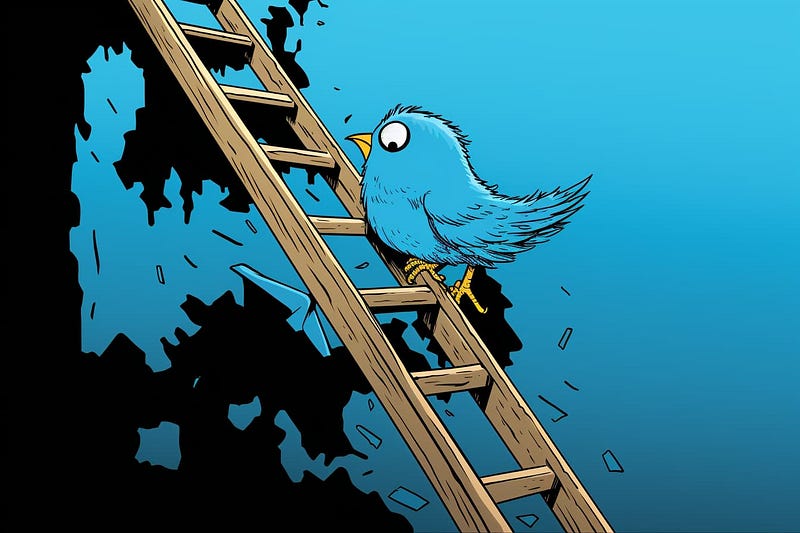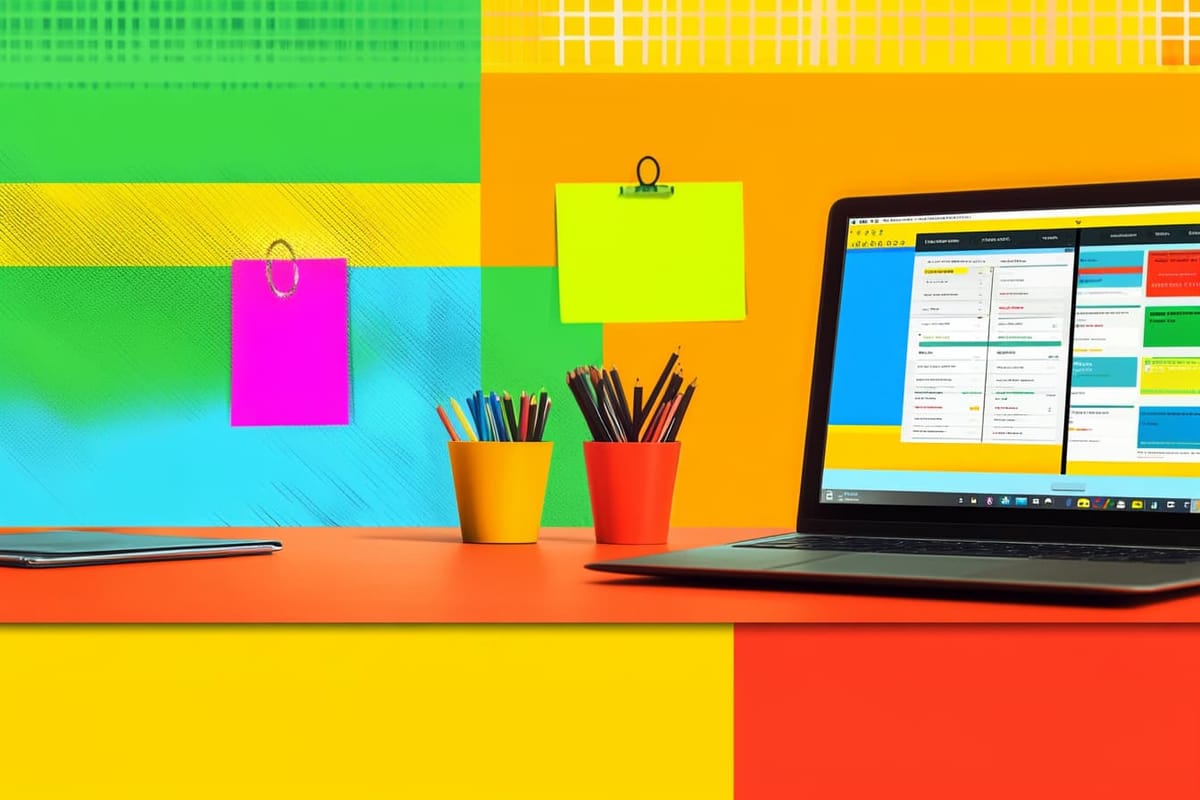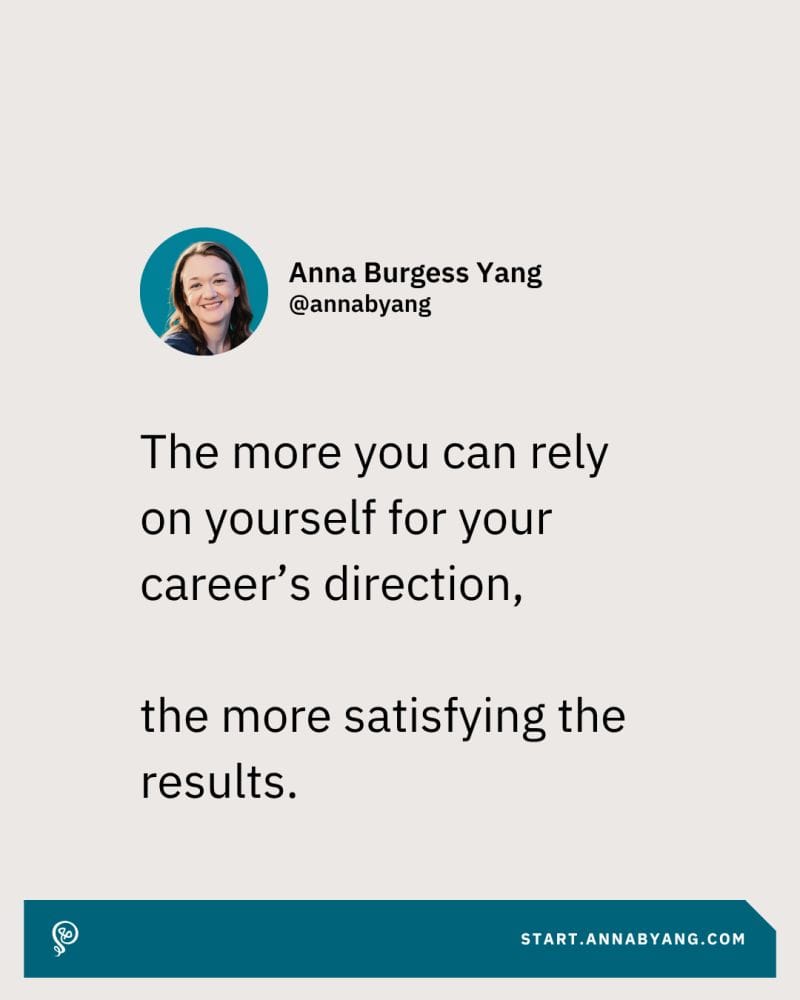4 Ways to Repurpose Your Own Content
Content that’s only used once is a missed opportunity.

Being an online creator is hard. After all, how many original thoughts can you have in one day??
The message from top creators is clear: show up, be consistent, provide value. It can be overwhelming — especially as you’re juggling multiple social profiles. It’s also a necessary part of gaining a following.
But there’s no Law of the Internet that says you have to come up with unique content for each platform. Instead, you can take one idea and tweak it for different audiences.
I’m going to walk you through, step-by-step, how content for my main platforms (Medium, LinkedIn, and Twitter) are repurposed. I turn 4 original ideas into 11 pieces of content, at least.
If you get into a groove with repurposing, you’ll be able to increase your presence across multiple platforms without a lot of extra energy.
The 4-to-11 content repurposing system
Content repurposing is he practice of taking one piece of content and adapting it into different formats for various platforms. You can increase your reach without creating entirely new material.
94% of marketers repurpose their content across different channels and formats. It's a good practice to get into, so you're not constantly spinning your wheels creating new content.
Here are four ways to get started.
1) Repurposing articles you write
Longform articles have the most opportunity for content repurposing. You’ve already done research and organized the ideas, so why not break those ideas down into bite-sized chunks for different platforms?
For each article, you can create:
- 2 LinkedIn posts
- 1 Threads post per H2
- 1 thread for Threads
LinkedIn posts will depend on your style. You might be able to squeeze more out of your articles, depending on whether you typically write long or short posts (or both!).
Take the main concepts from your article and turn them into something “work-related” (since LinkedIn is still overwhelmingly a professional platform). Even if your article wasn’t about work directly, find ways to apply it to work, careers, or life skills.
Threads posts (or tweets for Twitter)are low-hanging fruit. You should create at least one post per H2, and you might be able to pull lines directly from your article.
Longer threads are often the bane of creators because they require more effort, with no guarantee that they’ll resonate. But your article is structured perfectly for a multi-part thread: the main idea from each H2 becomes a new part in your thread. Write a killer hook, and you’re good to go.
Any longform article format will work: Medium, Substack, a blog, etc. Heck, I’ve even repurposed client work in this way, taking the ideas and turning them into my own social posts (with a lot of editing so they don’t resemble the client’s deliverable).

2) Repurposing LinkedIn posts
Let’s say one of your LinkedIn posts comes from an article you wrote. Great! But you should aim for at least 2–3 posts per week and work your way up to daily posts. LinkedIn is a Great Multiplier: more posts increase your reach, a lot.
For each new LinkedIn post, you can create:
- 2 short posts for Threads
- 1 article
This assumes that your LinkedIn posts are medium to long-ish length. If they’re already short, then they might end up as only 1 Threads post. In that case — if punchy enough — you might cross-post to Twitter without changing the text at all.
But let’s say you type up a longer LinkedIn post sharing an experience or insight. Break that down into a few threads.
You can also expand the idea in a new article on Medium or elsewhere. The LinkedIn post might be your intro, and the H2s are your advice, steps to follow, or process.

3) Repurposing your Threads posts
You might wonder how something so short can get repurposed on other platforms. You’ll definitely have to do some more tweaking, but don’t let the idea go to waste — especially if the post is getting some traction.
For each thread, you can create:
- 1 LinkedIn post (with a screenshot)
- 1 LinkedIn longer post
You’ve probably seen people post their threads as LinkedIn screenshots. The visual element certainly makes the LinkedIn post stand out more than straight text for a short post. I have a template in Canva that I use for this.

You can also start with the thread and turn it into a longer LinkedIn post. The Threads post becomes your hook, and then follow up with a few sentences of explanation. Or ask a question, like “Have you ever experienced something like this? Let me know in the comments.” Asking questions is an excellent way to increase engagement.
And if you’re in need of inspiration, turn to your own comments on LinkedIn, replies on Threads, and even your highlights on Medium.
4) Repurposing your multi-part threads
Don’t let your time spent creating multi-part threads go to waste. They’re a lot of work!
For each thread, you can create:
- 1 LinkedIn carousel
- 1 article
LinkedIn carousels tend to get a lot of engagement. These multi-slide visual posts that users can swipe through are ideal for presenting step-by-step processes or lists.
To create LinkedIn carousels, you can use Canva and create a visual post. Search for Instagram carousels because they’re the perfect size for a LinkedIn carousel. Make sure that the carousel matches your brand (colors, fonts, etc) or make adjustments.
If your thread hasn’t already been repurposed from an article you’ve written, you can operate in reverse. Turn your thread into an article, creating an H2 for each individual post in the thread. Round out each thread with a few hundred words, and you will easily have a longform post to share on Medium, Substack, or your blog.
Common content repurposing mistakes solopreneurs make
- Posting identical content across all platforms without tweaking for the platform or audience.
- Repurposing too quickly without checking if the original performed well.
- Forgetting to track which repurposed pieces perform best.
- Overusing the same hook or opening across platforms, which makes your content feel stale.
Increase your output over time
Start content repurposing next week. You’re going to write and publish four things:
- Article
- LinkedIn post
- Thread (one post)
- Thread (multi-part)
You may produce a lot more, but start small if you don’t have a good content process in place yet.
The following week, you’re going to do the following:
- Everything from Week 1
- Plus everything in the four steps in this article
If that feels like too much, try doing half of the steps in Week 2 and the other half in Week 3. But your net new published content in Week 2 will match Week 1.
In Week 3, you’re going to start seeing the fruits of your labor. You’ll have four net new pieces of content, plus the repurposed content from Week 1. You will have far more posts in Week 3, and the content will keep multiplying. You’ll have more opportunities to engage with your audience.
If something feels like a low lift, do more of that. Write two threads per week instead of one, following the same repurposing steps.
And repeat.
Want to learn how to turn 1 blog post into 18 pieces of content?
Download this checklist.
FAQs
What is content repurposing for solopreneurs?
Content repurposing means taking one piece of content and tweaking it for different platforms, rather than starting from scratch. Instead of creating unique content for every social media channel, you modify your core ideas to fit each platform's format and audience.
How many pieces of content can I create from one article?
From a single article, you can create at least 2 LinkedIn posts, multiple short posts for Threads or Twitter (one per H2), and 1 multi-part threads. Following the system in this guide, 4 original pieces turn into 11+ published posts.
Do I need to rewrite everything when repurposing content?
Not at all. You'll need to make adjustments for each platform's style and format, but you're working from your already-published content and ideas. You've already done the heavy lifting.
What tools do solopreneurs need for content repurposing?
You need Canva for creating carousels and to great image versions of text-based posts. Other helpful tools include Buffer for social media scheduling and a note-taking app to keep track of your ideas.
How long does content repurposing take compared to creating new content?
Repurposing takes significantly less time because you're not starting from zero. Instead of spending hours writing for each platform, you're tweaking work you've already completed. Plan to spend about one hour per week writing repurposed content.








